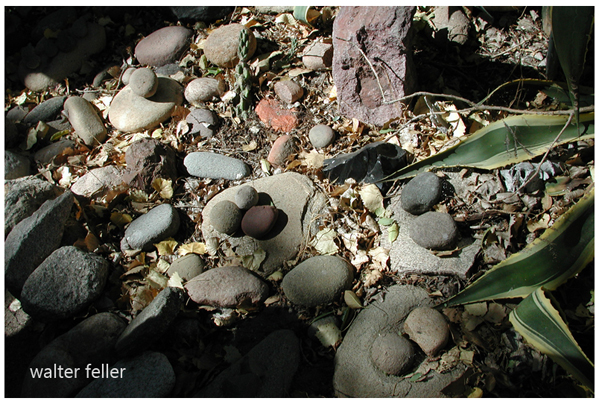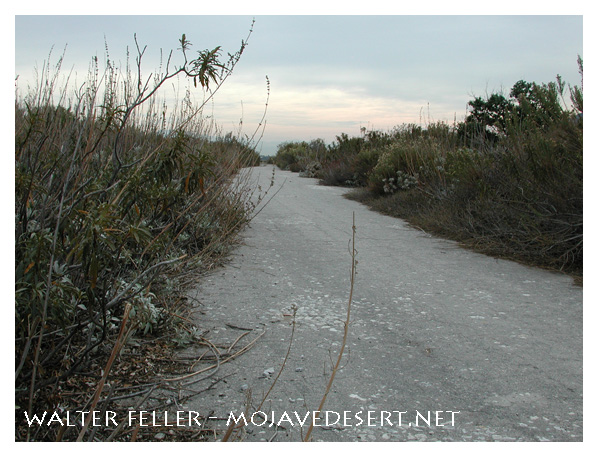Heritage Resources
Heritage resources (defined as cultural, historical, archaeological, ethnographic, and tribal) represent past human activities or uses and, by their nature, are considered an irreplaceable and nonrenewable resource if not managed for preservation over the long-term. Because heritage resources represent important cultural values, they are of special concern to the public. Interest in our heritage and concern over the destruction of archaeological sites has prompted the passage of national, state, and local levels of legislation that are designed to promote and protect these examples of our nation's historical and traditional legacy.
Manos & metates
A variety of archaeological and historical sites are found in the analysis area, ranging from sites of Native American origin dating back thousands of years up to mid-20th century recreation and other historic use of NFS lands. This area was inhabited by ancestors of the Serrano Indians, with the western portions of the Mojave Front Country Place having been inhabited and used by ancestors of both the Serrano and the Gabrielino groups. One of the earliest sites known on the Forest so far is located within the Cajon Place. The site is a Native American habitation site that dates over 7,000 years old. Numerous other habitation sites, both extensive long term occupation sites and seasonal occupation sites, exist in the analysis area. Other types of sites within the analysis area include 19th and 20th century trails, wagon roads, toll roads, railroads, automobile routes (including National Old Trails Highway and Route 66), transmission lines, and associated features and artifact scatters, along with ranches, homesteads, mining sites, early recreation sites, and sites constructed by the Civilian Conservation Corps (CCC). The Cajon Pass has been a travel corridor for prehistoric animals, Native Americans, and Euro-Americans. The cultural resources as well as the paleontological resources located within the analysis area contribute to the rich culture and history of this area.
In addition, many currently-used roads and trails are also sites themselves. Many were originally Native American trails, early Immigrant roads used as cattle driveways or to access mining claims, or CCC roads that are no longer part of the NFTS

Travel Analysis Report
Cajon Pass Off-Highway Vehicle Use
San Bernardino National Forest
Cajon Place
San Bernardino National Forest Land Management PlanThe Forest Plan describes the strategic direction at the broad program-level for managing the land and its resources over the next 10 to 15 years. The Forest has been divided into a series of geographical units called 'Places.' Each Place has its own landscape character. Landscape character has been described as an overall visual and cultural impression of landscape attributes, the physical appearance, and cultural context of a landscape that gives it an identity and 'sense of place.' Each Place has a theme, setting, desired condition and program emphasis section. The Cajon Place is the analysis area. (Forest Plan, Part 2, pp. 58-61)